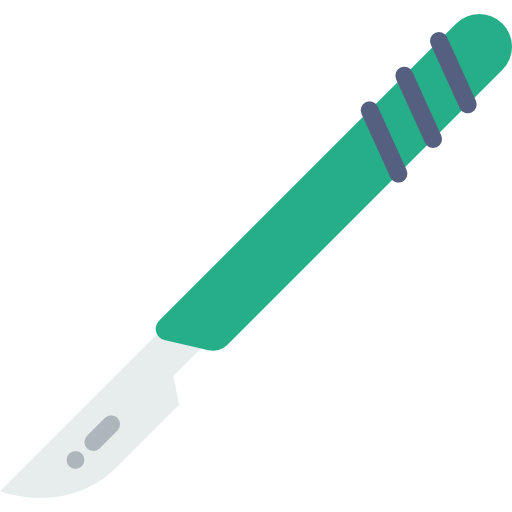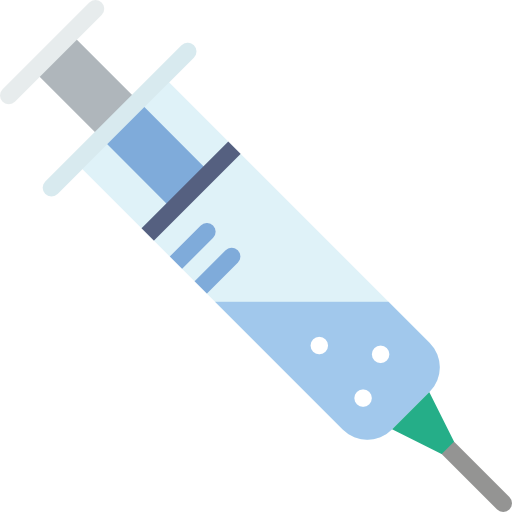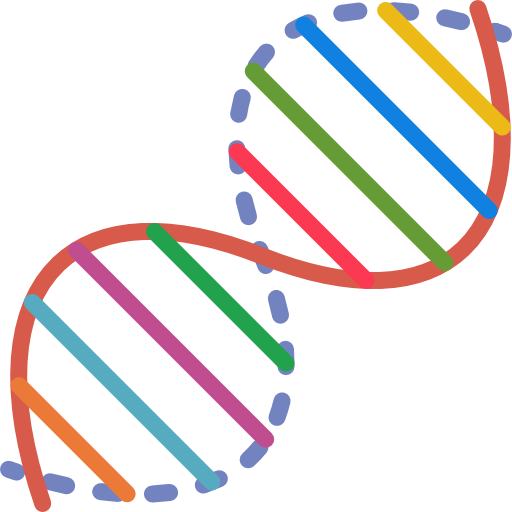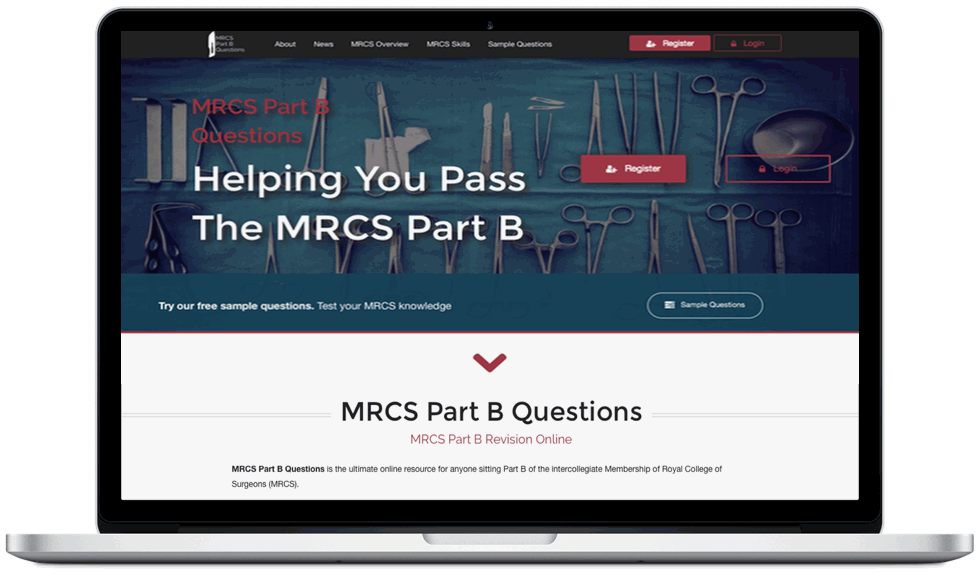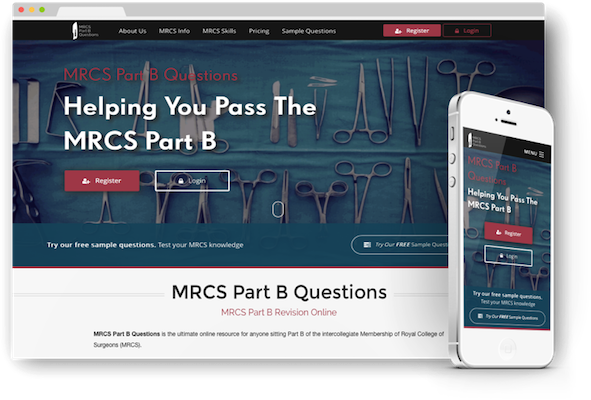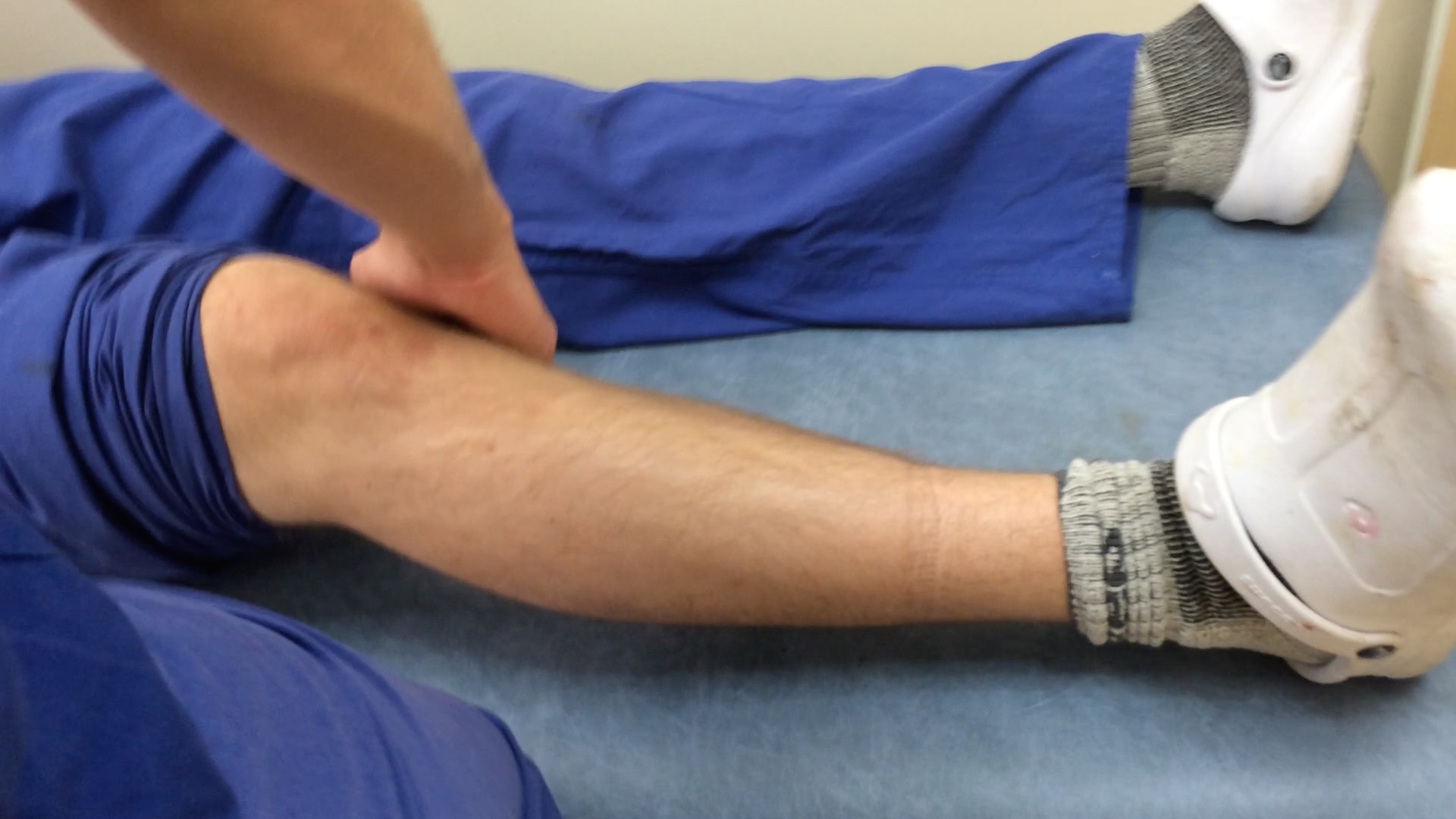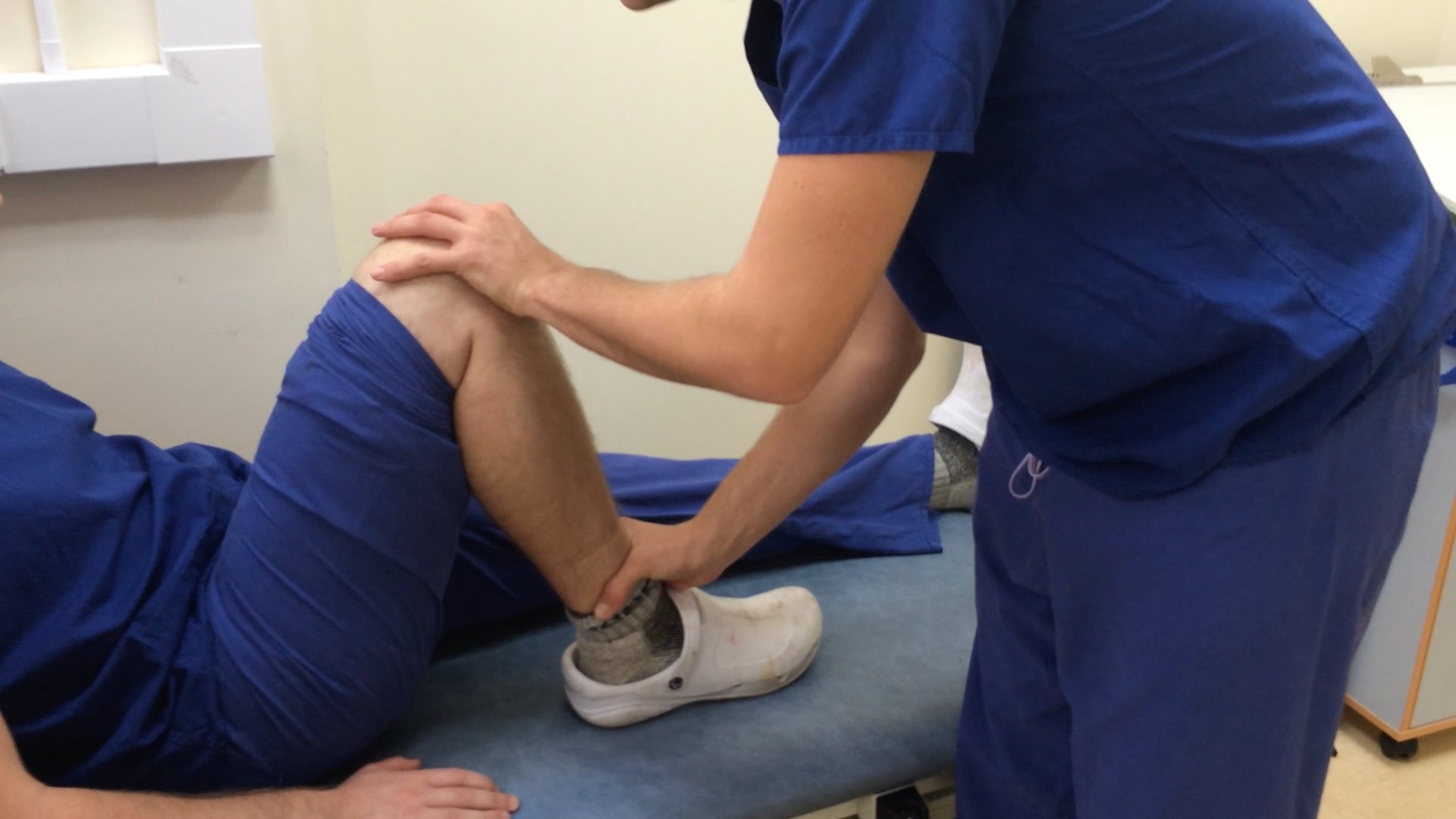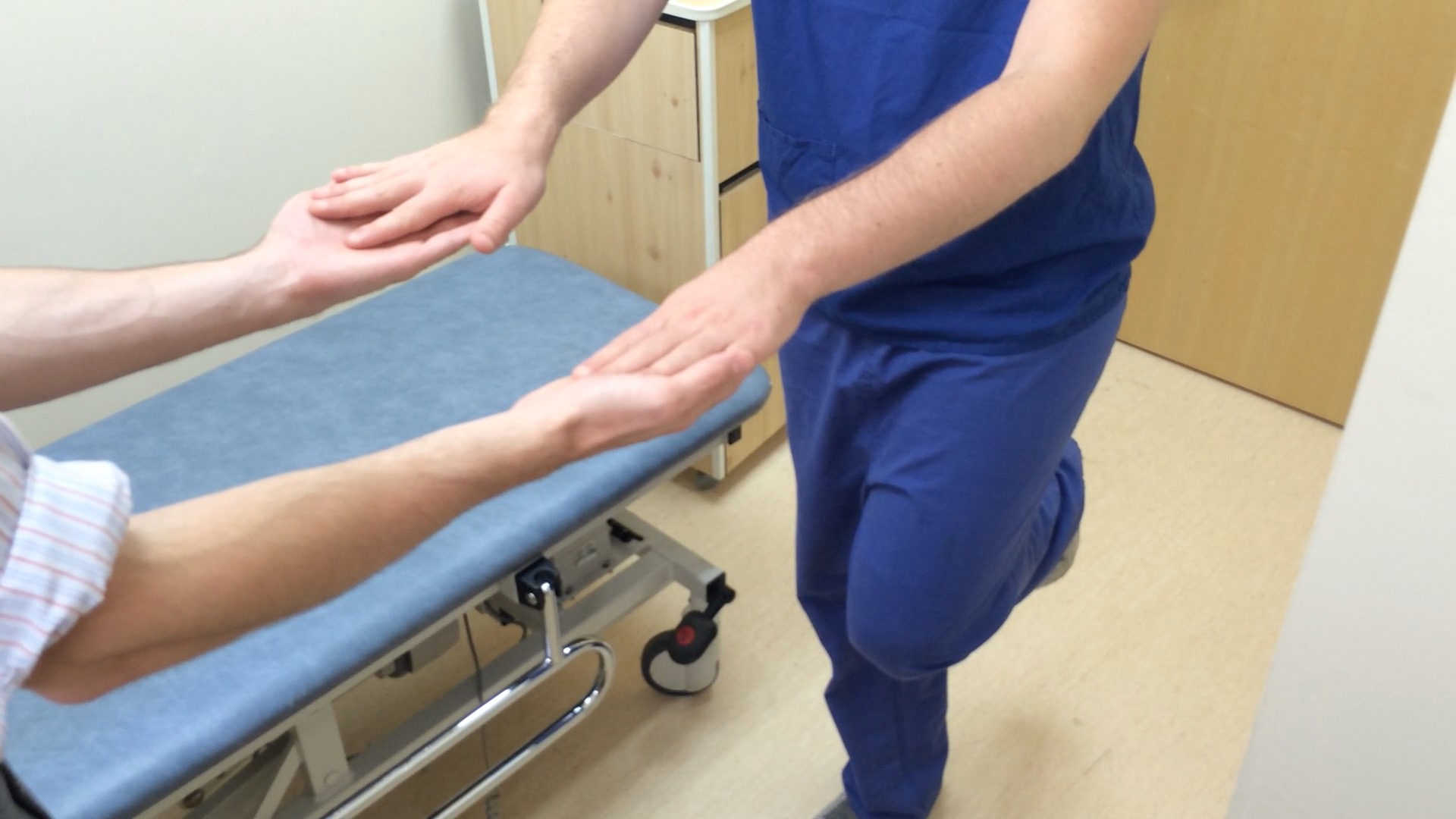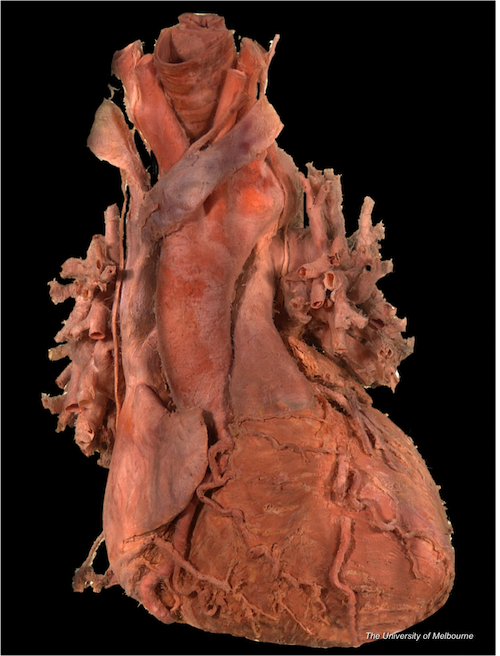OVER 3500 INTERACTIVE MRCS PART B QUESTIONS
Try Our Sample Questions
The MRCS Part B Questions online question bank features HD cadaveric anatomy spots tests, interactive skills questions with images and core pathology, critical care and applied science stations keeping all your revision in one place.
The question bank offers candidates sitting MRCS Part B a way to practise common Part B questions and test their surgical knowledge with feedback provided by experienced surgeons.
- Anatomy Spots
- Viva Questions
Applied Sciences Station: Cardiovascular
Applied Sciences Sample Station
This sample station tests your knowledge of cardiovascular applied sciences

Applied Sciences Question 1
Explain the JVP waveform shown
-
Answer
- A wave is due to atrial contraction
- C wave produced by bulging of the tricuspid valve into the atrium at the start of ventricular systole
- X descent follows atrial relaxation
- V wave occurs as a result of venous return to the atrium.
- Y descent occurs during the opening of the tricuspid valve
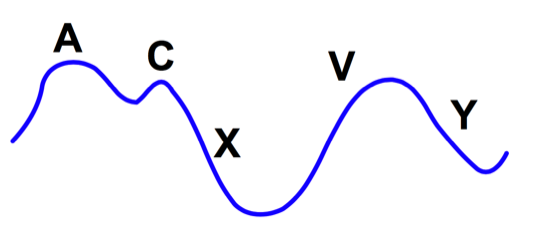

Applied Sciences Question 2
How does the waveform differ in cases of atrial fibrillation, complete heart block, tricuspid stenosis and incompetence?
-
Answer
- Atrial fibrillation: absent ‘a’ wave. Timing with the carotid pulse shows that the impulses are ‘irregularly irregular’
- Complete heart block: ‘cannon’ ‘a’ wave due to discordant atrial and ventricular contractions leading to the atrium intermittently contracting against a closed tricuspid valve, transmitting a large wave to the internal jugular
- Tricuspid stenosis: large ‘a’ wave due to obstruction at the atrio-ventricular valves and slow ‘y’ descent due to delayed atrial emptying
- Tricuspid incompetence: large ‘v’ wave due to surging of right ventricular blood into the atrium through an incompetent valve during ventricular systole

Applied Sciences Question 3
What is Kussmaul’s sign?
-
AnswerKussmaul’s sign is a paradoxical rise in the JVP on inspiration. It occurs in situations where the right atrium cannot accommodate the increase in its venous return caused by a fall in the intrathoracic pressure on inspiration, e.g. in right heart failure and constrictive pericarditis.

Applied Sciences Question 4
Define cardiac output (CO)
-
AnswerThe cardiac output is the product of the heart rate and the stroke volume. It is in the order of 5–6 l/min.
The equation for cardiac output is:
CO = HR x SV
Therefore to calculate Q we must first establish HR and SV.
An example at rest is shown below:HR (70BPM) x SV (70ml) = 4900ml/min or 4.9 litres per minute

Applied Sciences Question 1
Explain the JVP waveform shown
-
Answer
- A wave is due to atrial contraction
- C wave produced by bulging of the tricuspid valve into the atrium at the start of ventricular systole
- X descent follows atrial relaxation
- V wave occurs as a result of venous return to the atrium.
- Y descent occurs during the opening of the tricuspid valve


Applied Sciences Question 2
How does the waveform differ in cases of atrial fibrillation, complete heart block, tricuspid stenosis and incompetence?
-
Answer
- Atrial fibrillation: absent ‘a’ wave. Timing with the carotid pulse shows that the impulses are ‘irregularly irregular’
- Complete heart block: ‘cannon’ ‘a’ wave due to discordant atrial and ventricular contractions leading to the atrium intermittently contracting against a closed tricuspid valve, transmitting a large wave to the internal jugular
- Tricuspid stenosis: large ‘a’ wave due to obstruction at the atrio-ventricular valves and slow ‘y’ descent due to delayed atrial emptying
- Tricuspid incompetence: large ‘v’ wave due to surging of right ventricular blood into the atrium through an incompetent valve during ventricular systole

Applied Sciences Question 3
What is Kussmaul’s sign?
-
AnswerKussmaul’s sign is a paradoxical rise in the JVP on inspiration. It occurs in situations where the right atrium cannot accommodate the increase in its venous return caused by a fall in the intrathoracic pressure on inspiration, e.g. in right heart failure and constrictive pericarditis.

Applied Sciences Question 4
Define cardiac output (CO)
-
AnswerThe cardiac output is the product of the heart rate and the stroke volume. It is in the order of 5–6 l/min.
The equation for cardiac output is:
CO = HR x SV
Therefore to calculate Q we must first establish HR and SV.
An example at rest is shown below:HR (70BPM) x SV (70ml) = 4900ml/min or 4.9 litres per minute
FIND OUT WHAT OUR USERS THINK
Feedback From Past and Existing Users
